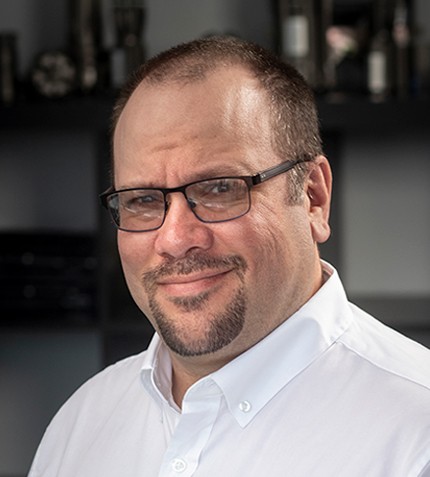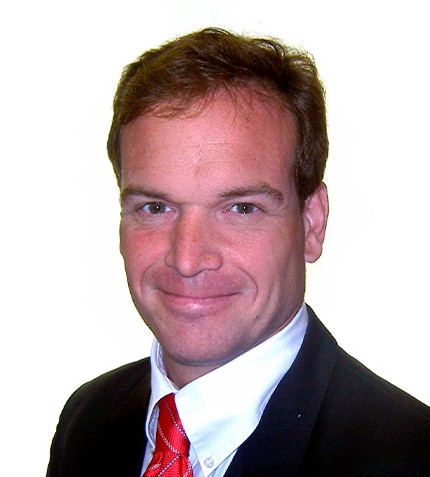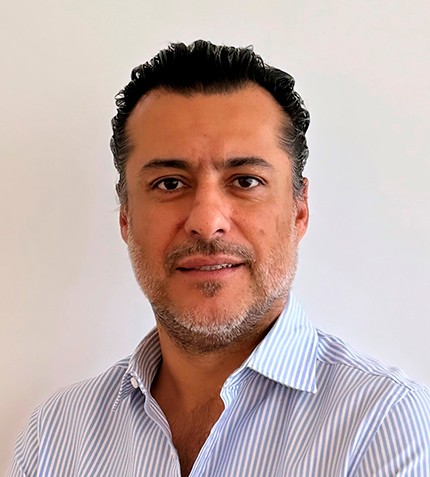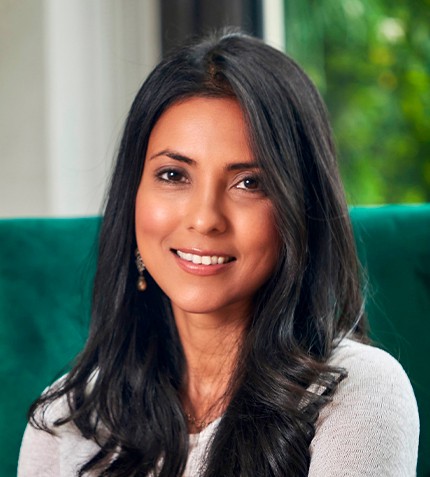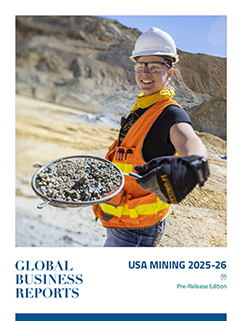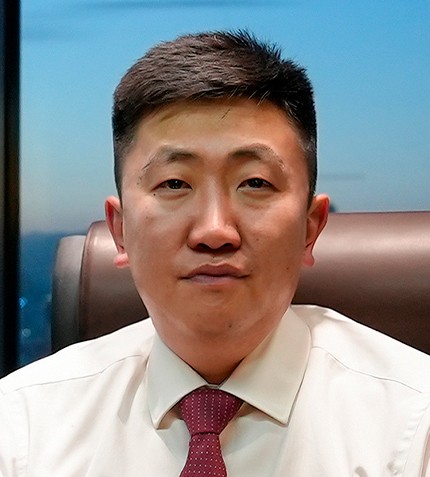
"As a Mongolian company with excellent access to the country, we offer a great head-start as a major investment vehicle into precious metals in Mongolia."
Bataa Tumur-Ochir
CHAIRMAN AND CEO, STEPPE GOLD
Steppe Gold recently announced the acquisition of the Boroo Gold mine in Mongolia in an all-share transaction. Could you comment on the acquisition?
The Boroo Gold acquisition will establish Steppe Gold as Mongolia’s largest and leading gold producer. On completion of the acquisition, our production is expected to triple over the next two years to 90,000 ounces per annum and 160,000 ounces by 2026, increasing our financial strength for the ATO Gold Mine Phase 2 Expansion and advancing our exploration portfolio. It also provides shareholders with improved optionality at our Tres Cruces gold project in Peru while maintaining our focus on growing our production profile in Mongolia.
Steppe Gold is now well-positioned to become a mid-tier gold producer and we are excited to work with the Boroo Singapore team to build a world-class company and national mining champion in our home country of Mongolia.
Steppe Gold has produced over 100,000 oz to date from its flagship ATO Gold Mine. Could you comment on the company’s evolution in the last two years?
We built ATO Gold Mine from project to production within two years. We reached the 100,000 oz production milestone, accumulated since April 2020 when we started commercial production. The short construction timeframe goes to show the world that it is possible to advance a gold project to production very quickly in Mongolia, even when completely unexpected events such as the pandemic interfere. Right now, we are moving the project into Phase 2 production, which is fully financed and leverages already established infrastructure and workforce.
What will Phase 2 Expansion entail?
ATO is a 2.5 million oz project (resources). Phase 1 consisted of the oxide project, with 100 Koz produced to date and another 65 Koz still to be produced over the next three years, not counting additional exploration to increase the oxide feed. However, the bulk of the resource sits in the fresh rock stage. Mining from the fresh rock will allow us to ramp up to over 100Koz/year AuEq (gold equivalent) for 12 years, from a reserve base of 1.3Moz.
With our landmark non-dilutive project financing of $150 million and our EPC contract in place, we are now accelerating the development of Phase 2 Expansion. The construction of a new flotation plant will start in May 2024 and is due to be completed within two years. We have had really high-grade results from the sulfide, strongly indicating that the mineralization continues at depth, and the current 14-year LOM could be extended.
The Phase 2 project was partly financed by the Trade and Development Bank (TDB), which marked the first time that a foreign-listed company received finances from a local bank, a reverse of the usual trend of international banks financing local projects.
Could you give us a sense of the exploration potential?
We recently made a new discovery (Mungu) at ATO, and we are considering expanding our exploration focus to cover the full extent of our license area since ATO only takes 300 ha out of 5,500 ha. From 2024 onwards, we plan to spend more on exploration work to identify new targets and grow our reserve base. We plan at least 10,000 meters of drilling on the project. Besides ATO, we have a second, early-stage project called Uudam Khundii, located in the West of the country, where we hope to be able to do a first drilling program in 2024.
As a TSX-listed company, how is Steppe Gold valued by investors?
Mongolia is a resource-rich country, home to world-class discoveries and assets, and yet, it is still a frontier market with associated investment risks. As a company primarily focused on Mongolia, our market cap is affected by the challenges that come with operating in this market.
The talks between Mongolia’s government and Rio Tinto about the Oyu Tolgoi project have had positive and challenging phases, impacting the performance of Mongolian mining shares. However, over the past decade, anti-mining sentiment has notably decreased, with growing local support for responsible mining.
Despite being undervalued given our current cash flow, building Phase 2 within two years, reaching 100 Koz in production, and staying on track send positive signals to investors. Securing US$150 million for Phase 2 indicates a strong cash flow and equity-friendly project financing in the current challenging market conditions. Our market value is not where we want it yet, but with Phase 2 Expansion underway, it’s a great time for new investors to join.
Could you share some examples of your ESG initiatives?
Before even starting Steppe Gold, our chairman and I created a small fund to finance access to higher education; this initiative matured under Steppe Gold, and we now hold the largest scholarship and financial aid program for local students. So far, 1,600 local students from underprivileged backgrounds have benefited from our support.
Do you have a concluding message for our international audience?
Mongolia has huge potential; only 3% of its territory is covered by exploration licenses and 1.2% by mining licenses, with just 10% of that currently in operation. Yet, the mining sector contributes 25% to its economy and 90% to exports. Mongolia is unlike any other mining jurisdiction in the world, strategically located next to the biggest commodity market, China.
Steppe Gold is focused on Mongolia, headquartered in the country, with almost 100% of our workforce being Mongolian nationals. We are proud of our strong social license and local support in our home country. As a Mongolian company with excellent access to the country, we offer a great head-start as a major investment vehicle into precious metals in Mongolia.




